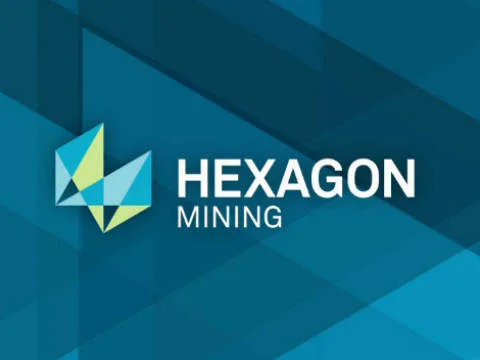Wendy Hodgetts, safety manager at the Rosebery zinc-copper mine in western Tasmania, gave a warts-and-all deep dive on the historic mine’s introduction of a state-of-the-art operator alertness system (OAS). Senior Gold Fields operations leader, Michael Place, provided equally eye-opening insights into the gold major’s digital and automation journey in Australia.
Hexagon’s Mining division Asia Pacific vice president Ben Rogers says the openness of the industry’s leaders today – on display at the technology company’s recent regional mining forum in Perth, Western Australia – is worth savouring.
“The willingness of our customers to talk openly and to share information and provide feedback in these forums, exactly as you saw in Perth, and as we saw later in Almaty [Kazakhstan], is not something I’ve been used to in my career,” says Rogers, who spent more than a decade in senior technology management roles at Rio Tinto.
“Where mining houses wouldn’t previously want to talk about this technology, be it productivity or safety, we’re seeing organisations share more and more in order to learn and grow. It is a lot more accepted now.
“I think the other takeaway for me from these forums is that the technology vendors – and I joined Hexagon because it has technology that spans the whole mining and metals value chain – are less about product focus and more about delivering a value proposition. How can technology be applied to drive business value?”
Mining’s need to accelerate learning and solve material problems – many with the aid of software, automation and possibly artificial intelligence – is no doubt a key factor in the industry’s surging connectivity.
Technological Literacy and Industry Mobility
Dave Goddard, acting president of Hexagon’s Mining division, sees generally higher levels of technological literacy as another factor. “There’s familiarity with the various technologies that perhaps wasn’t there in the past,” he says.
“There’s a lot of mobility in the mining industry. People are moving around from company to company and getting experience with different solutions and there is probably more general agreement on the value of the solutions.
“I think that migrates more readily into an open forum.”
Rogers and US-based Goddard, who will share their experiences and insights at IMARC in Sydney in October, have had different vantage points but have both watched the mining technology landscape change significantly in the past decade.
Major international mining equipment manufacturers have been big buyers of niche mining tech firms. Hexagon and Canada’s Constellation Software have built large mining tech stacks. The likes of Australia’s Imdex and Orica have also been prominent players in the M&A arena.
Also Read: Mark Kristoff: Urban Mining Must Be Part of Western Materials Solution
Race for Integration Among Tech Players
There is a race among the leading mining tech players to integrate products and position themselves for a long-term uptick in digital and automation technology adoption.
“The vision we have is a relentless focus on value for the customer,” Goddard says.
“How can we help our customers operate in the most productive and most safe manner?
“Fundamentally, mining hasn’t changed. It’s making the big rock smaller.
“You have larger machines so that you can lower your labour cost per tonne. You can increase your throughput in order to meet the commodity demands of a growing world. But fundamentally, the process hasn’t changed.
“The cost drivers have evolved with the advent of technology.
“You have to be more efficient. The way you do that is by adding technology to eliminate the waste. Both the wasted movement and the wasted process – and do so in a manner that provides a safe environment.
“One of the advantages of being a technology company and not an iron manufacturer is that we’re a lot more agile. We’re able to provide solutions that have value to the customer in a shorter period of time.”
Rogers said: “That agility extends to Hexagon AB, the broader parent company. Hexagon is a technology company in multiple sectors and industries.
“I think that gives us a tremendous advantage as we work to deliver value across mining and metals supply chains.”

